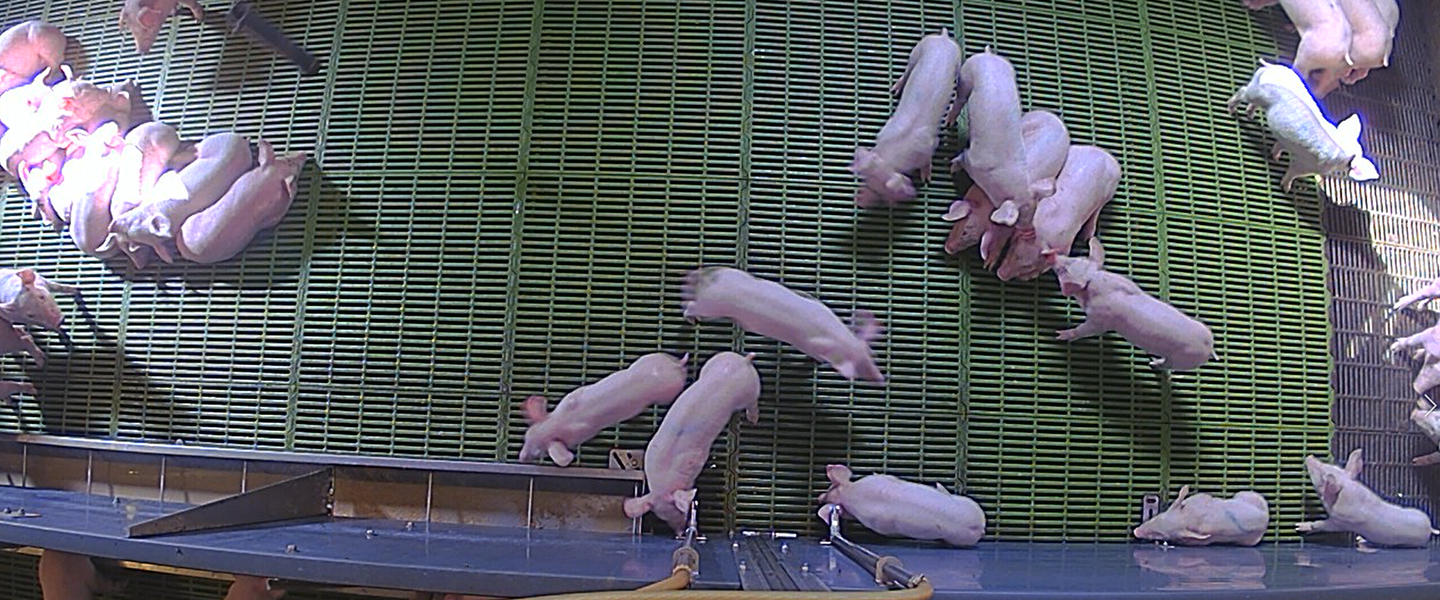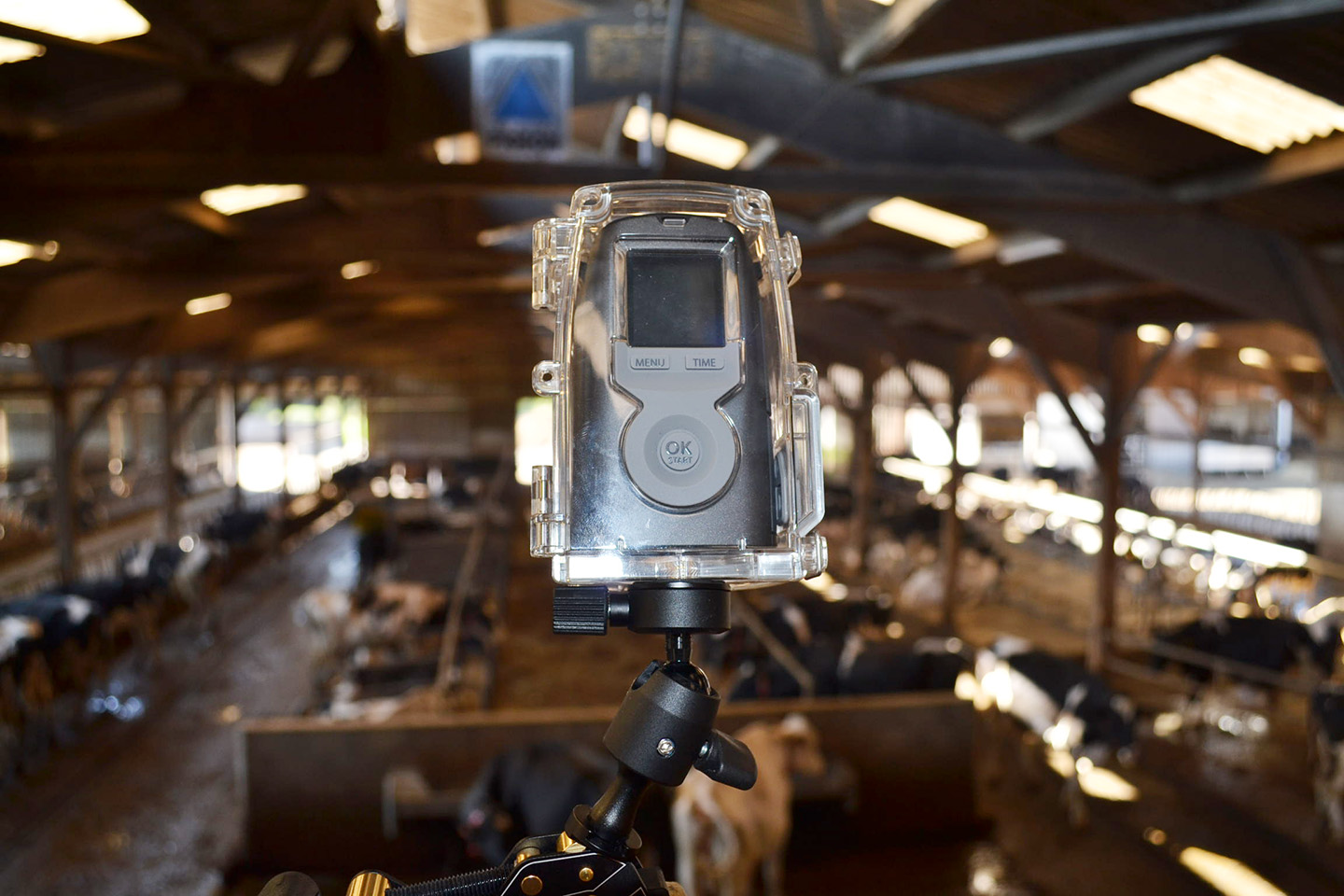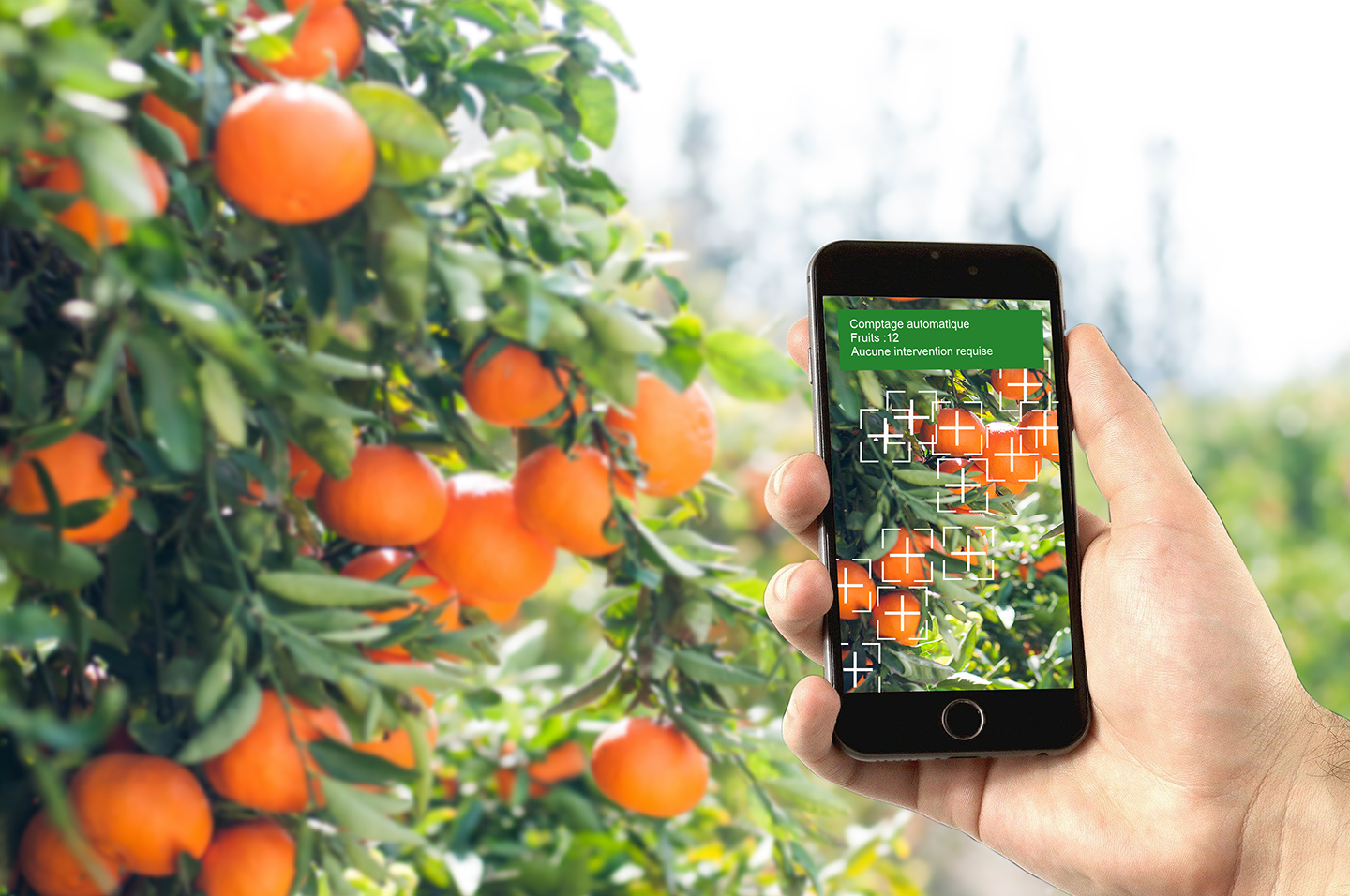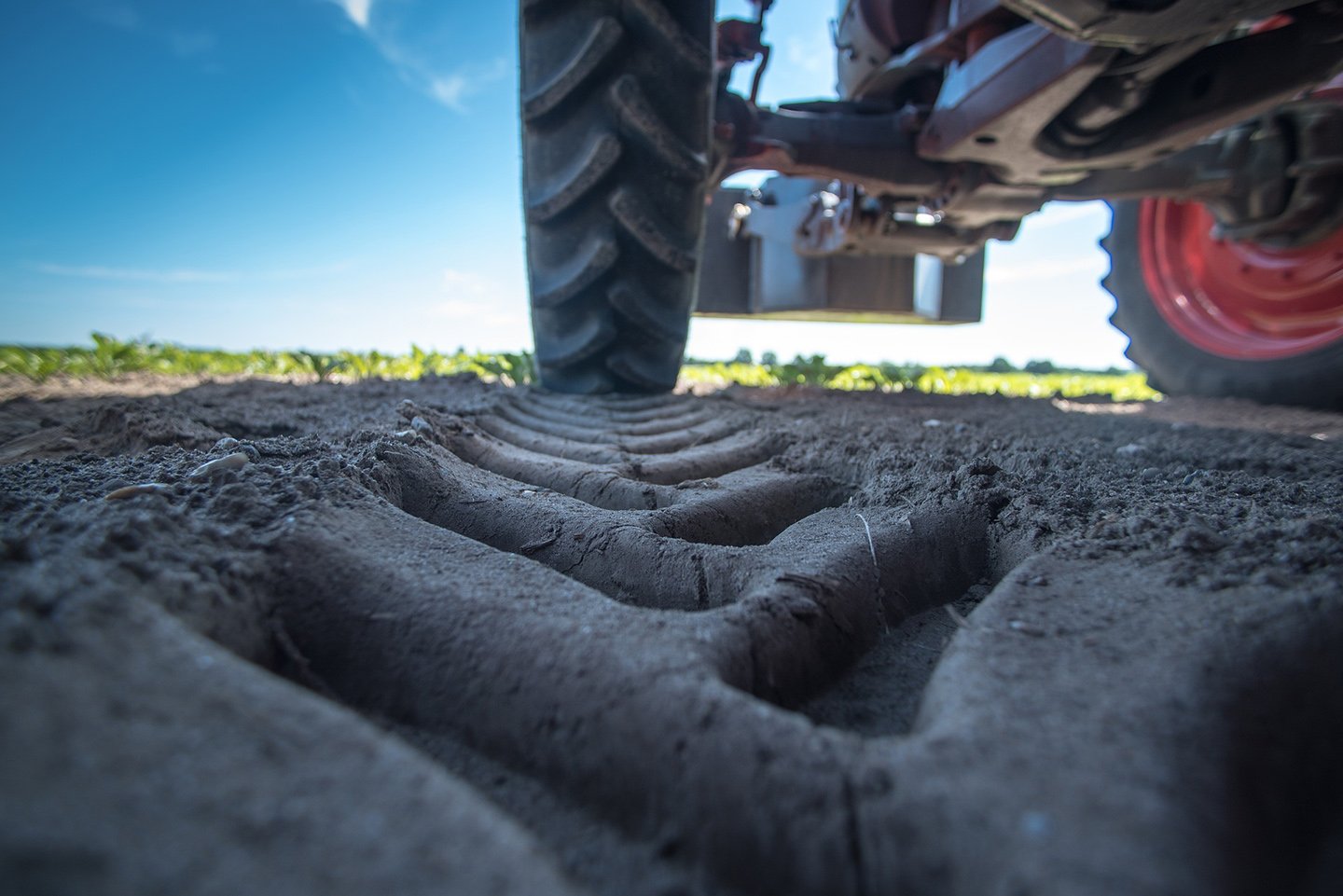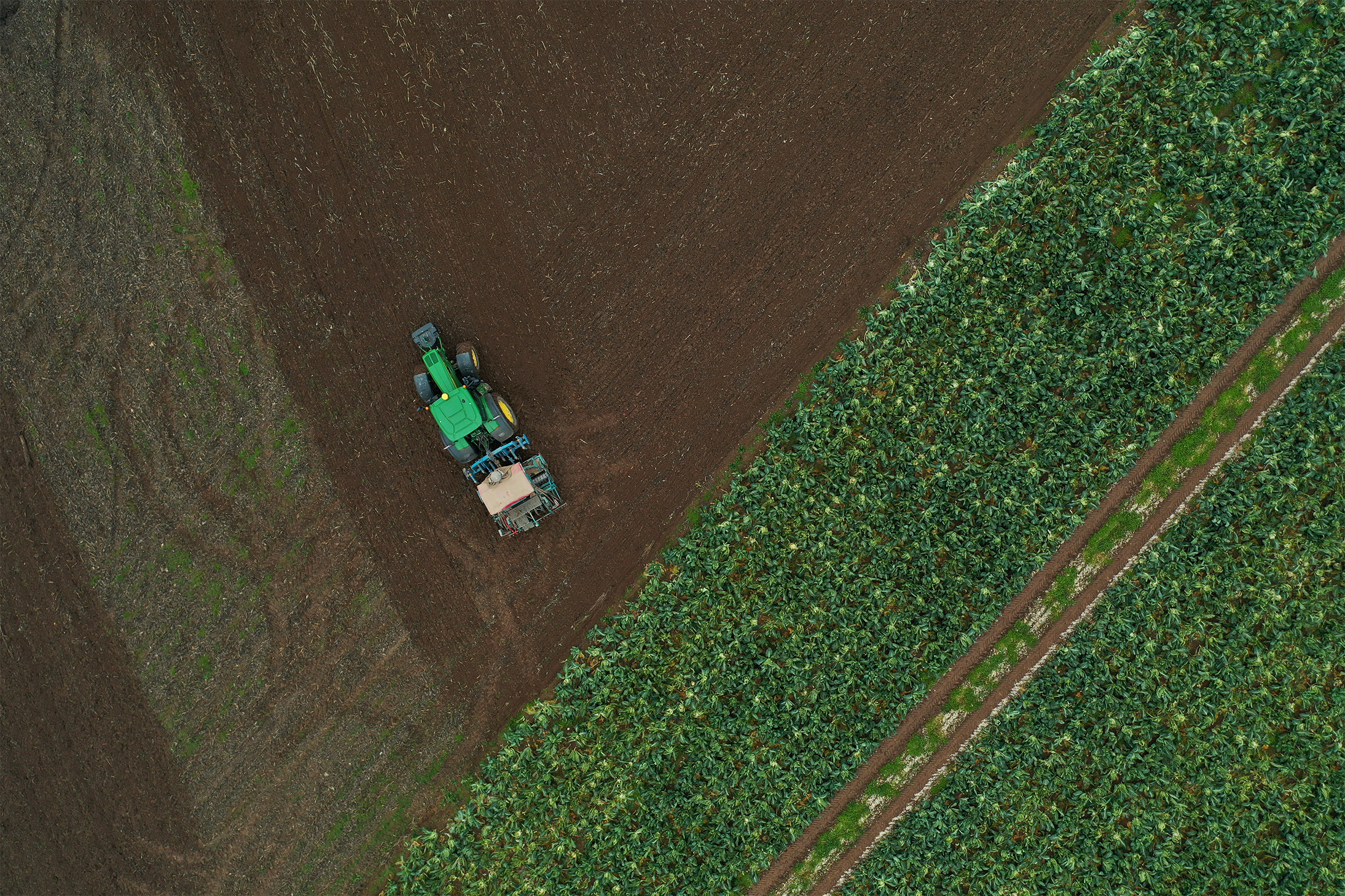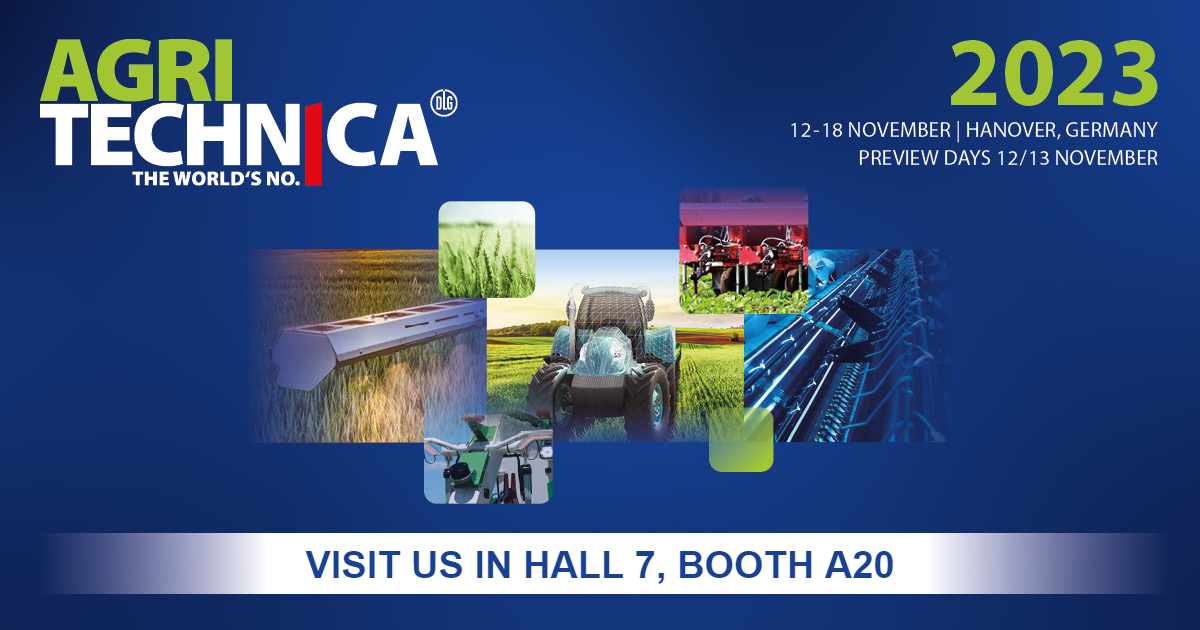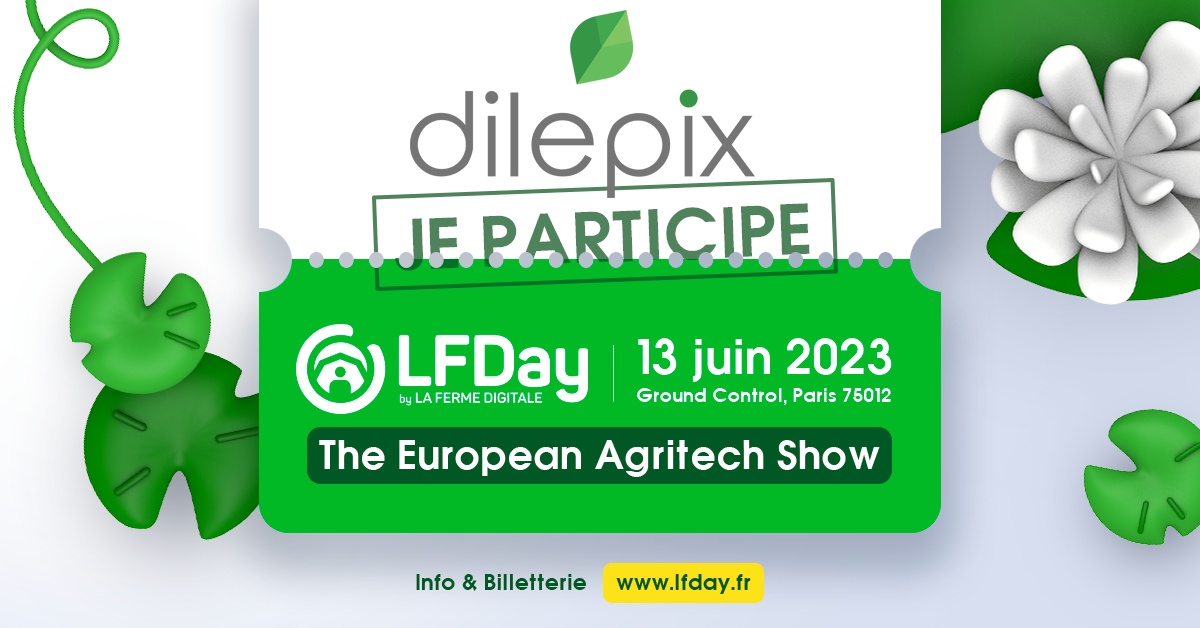Last February, Dilepix participated in the West Data Festival in Laval (the replay can be found HERE). This event brings together AI and data professionals who are developing solutions that revolutionize the health, industry and agriculture sectors.
At the conference, "Data and AI in agriculture", Jérémy Foisil presented Dilepix's approach to pig monitoring.
He explained why Dilepix, thanks to its skills in image analysis and video tracking, has focused on measuring pig activity.
|
A look back at the key points of our intervention: 1. Why did Dilepix choose to focus on the pig business? 2. To overcome the difficulties of identification of the animals 3. New models for prediction and measurement of pig activity |
First of all, it is important to underline that we work in partnership with the research institutes INRAE and IFIP on technologies that allow us to follow the activity of the animals. We attach great importance to the scientific validity of our solutions.
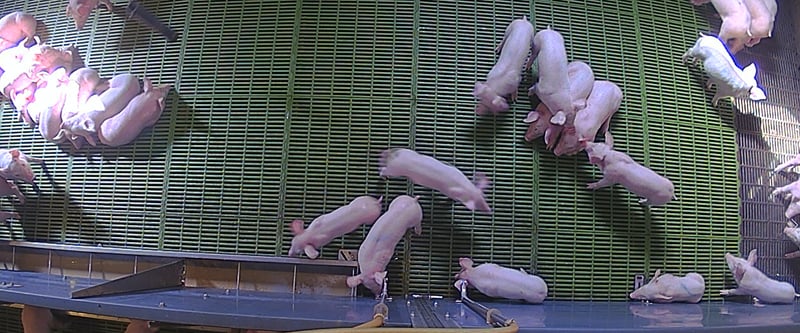
#11. Why did Dilepix choose to focus on the pig business?
Jérémy Foisil :"Simply because today there are almost no IoT (Internet of Things) like accelerometers. The main reason is that the animal's cycle is shorter.
Even if solutions existed, you would face a problem of adaptability. Indeed, if you try to fit pigs with accelerometer-type devices, you are likely to have unpleasant surprises, as many of these devices will be degraded or removed.
To answer the lack of existing robust tools, Dilepix, coming from the INRIA laboratory and with its teams specialized in robotic control, uses a technology that allows advanced tracking operations of animals."
"Being able to track animals means having the ability to produce individualized data. And that's a real change!"
For this type of production, which is used to batch monitoring, it is now possible to ensure individual monitoring.
#2To overcome the difficulties of identification of the animals
Jérémy Foisil :"In pigs, it is difficult to identify animals even with computer vision algorithms because they look so much alike throughout their growth cycle. Unlike dairy cows like Prim'Holsteins, which have distinctive coats and individual recognition can be done with deep learning methods.
To maximize the chances of obtaining good results, we are working on the combination of several technologies: computer vision and RFID (Radio Frequency Identification) of the animals.
These RFID loops without accelerometers are smaller and better tolerated by the animals.
These projects are the subject of research and development work with IFIP and INRAE.
Computer vision and RFID identification: How do the two technologies work together?
Jérémy Foisil :"At each passage to the CFD (Concentrated Feed Dispenser) or to the watering trough, the RFID identification loop will indicate the number of the animal concerned (for example: "pig number 21").
Then our technology will track it in space thanks to a viewpoint that limits tracking losses. And even if the tracking is lost, it is updated at each passage to the DAC or the watering hole several times a day.
Once integrated into industrial tools (such as CFD and drinking trough systems), this combination of technologies will allow measurement on an individual scale with identification and therefore reasoning of the technical itinerary on an individual basis.
▶️Example of video tracking of pigs
#3 New models for prediction and measurement of pig activity
Jérémy Foisil :"If we make the link with cattle, equipping cows with accelerometers has made it possible to build models capable of predicting calving, heat and many other situations.
This approach, applied to pig production thanks to the precise measurement of pig activity, opens up the field of possible applications.
#4 Concrete examples of applications in pig farming
Jérémy Foisil :"INRAE commissioned us to measure the individual activity of pregnant sows and thus help them to modulate the individual ration.
The objective is to adapt the feed to each animal according to its energy needs and to obtain, among other things, gains in prolificity.
With IFIP, we measure the interaction between animals in order to obtain objective indicators of animal welfare and to measure the impact on animal health.
This is also the case for the detection of caudophagy, which we are working on with the Boehringer Ingelheim laboratory in order to provide effective tools for understanding and preventing this phenomenon. This is a subject that mainly affects the Nordic countries, but which will be very important in the event of regulatory changes.
▶️Clip from Jeremy's talk on measuring pig activity at the West Data Festival 2022
👉 If you want to know more about how to improve your performance in pig production, click here
